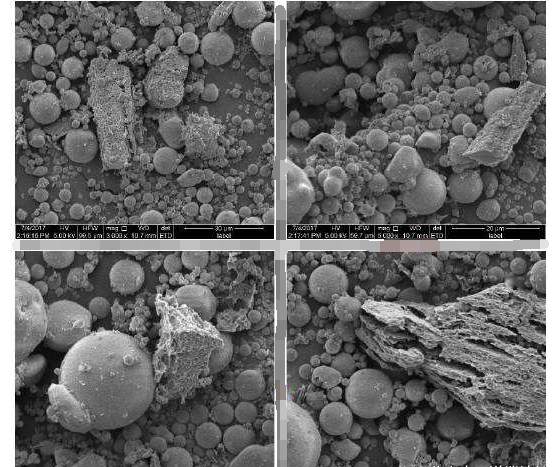Is it better to mix more fly ash in concrete?
Due to the development of concrete technology, concrete can be prepared under the condition of relatively low water-cement ratio, which makes the effect of fly ash in concrete change significantly.

In recent years, the increase of cement activity and the improvement of concrete design grade have led to an increase in the amount of cement and the increase in the cross-sectional size of the components. Under the premise of the increase in the temperature of the concrete body, the role of fly ash in concrete has been further promoted. Said: In many cases, fly ash can play a role that cement cannot, and become one of the essential components of high-quality concrete.
So is more fly ash the better?
In order to achieve good results with fly ash, the water-cement ratio must be low, and the cement dosage of medium and low strength concrete is usually below 350kg/m.
Under this condition, even if the best water-reducing agent is used, the water-cement ratio (water-binder ratio) can only be around 0.50. Because when it is reduced further, the volume of the slurry cannot meet the needs of filling the voids of the aggregate and forming a lubricating layer of sufficient thickness. When fly ash is added, because it is lighter than cement, the volume of cementitious material can be increased when the same weight replaces cement, so the water-cement ratio of concrete can be reduced. However, when its content is small (such as within 20%), the volume of the cementitious material is limited, and the effect of reducing the water-to-binder ratio is limited.
The high-volume fly ash concrete not only has a good strength development effect, but also has excellent various durability properties. Since it can significantly reduce the hydration temperature rise, it also greatly reduces the risk of early cracking of concrete. It can be said that it is suitable for various engineering conditions in addition to the very high early strength requirements, especially for aggressive and harsh environments. of high performance concrete.
Of course, there are also limitations in large-volume fly ash concrete. First of all, the compatibility between fly ash, cement and chemical admixtures affects whether the water-cement ratio of concrete can be effectively reduced, and determines whether fly ash can fully play its role. It is generally believed that when the water-cement ratio is above 0.40 , the effect used in concrete with medium strength requirements is not obvious and may have negative effects.
Secondly, since the amount of cement used in large-volume fly ash concrete is greatly reduced, the requirements for the stability of cement quality and the quality of fly ash are relatively high. have a noticeable impact.
In addition, due to the reduction in the amount of cement, the calcium hydroxide content that plays an exciting role is reduced, which deteriorates the hydration conditions of fly ash. Therefore, there is an optimum fly ash dosage under different conditions, and the larger the better.
